Click here to view our latest blog

Liveability - add Value to your Home
Friday, September 25, 2015
Australia’s real estate agents are embracing the trend of comfort, energy efficiency, and healthy lifestyles when considering the appeal and marketability of a property. The use of the ‘Liveability Property Features’ icon when advertising a property indicates that the property includes a minimum of six recognised liveability features. The complete list of features are itemised in the ’17 Things’ checklist, which includes options such as orientation, insulation, energy rating, and water and energy efficiency devices. Windows and glazing is also an important component of the checklist. When selling your home, you will require independent proof of the products that are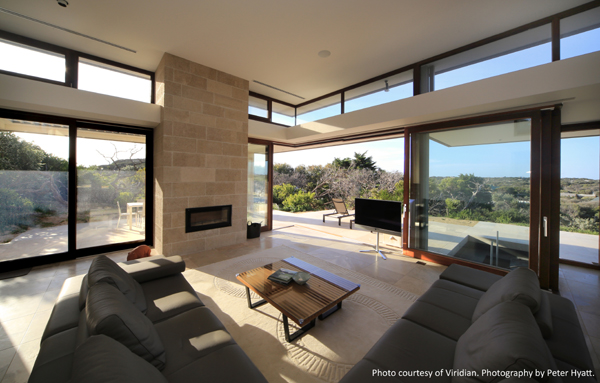
Natural Light Equals Happy Homes
Sunday, January 18, 2015
Light in the home is more valued than ever before. We strive to take advantage of the building’s orientation for energy efficiency, to include views and invite nature into our homes, and to enjoy free flowing spaces for entertaining and our individual lifestyles. When asked what people’s aspirations were when building or renovating, the most common responses are: area, light, room, space, living – according to CSR Viridian Consumer Research. Renovation and real estate sites mention similar words: views, space, light, glass, natural, sun. The conclusion is ‘Natural Light/Space = Design Success and Market Appeal’. Coincidentally, research tells us that
Windows that insulate like Walls
Tuesday, October 07, 2014
Paarhammer windows are already known for their excellent insulation performance but a new glass technology brings this performance to a completely new level. Heat Mirror Glass is relatively unknown in the Australian market, but has been used for years overseas. For example, New York’s Empire State Building was refurbished in 2010, including the use of Heat Mirror glazing throughout – changes which were projected to save US$4.4M per year and 105,000 tonnes CO2 emission in 15 years. Heat Mirror (HM) insulating glass units (IGU) contain one or more clear, low-emissivity films suspended within the sealed airspace of a dual-pane IGU
What makes a Window a Good Window
Tuesday, September 30, 2014
At recent home shows this question was asked often, so I will try and answer it here: A good window consists of 5 parts: glazing, frame material, seals, locking points and installation Glass Double glazing is now quite common but it is important to consider the width of the air gap between the glass. Anything from 12 to 20mm is ideal as it is the air or gas which is between the two panes of glass which provides energy efficiency. Triple glazing should have two 12mm air gaps to increase the efficiency even more. Frame Look for a material which
10-Star Challenge
Friday, August 22, 2014
New houses in Australia have to meet 6 stars to comply with the Building Code. This requirement is quite easily reached. A movement for higher star ratings – and with it more energy efficient and comfortable buildings – is being undertaken by a number of architects and designers. The front runner is the BDAV (Building Designers Association of Victoria) which runs a 10-Star Challenge, giving Victoria’s building design fraternity the opportunity to design 10-Star energy efficient homes and be recognized for their design abilities and expertise in sustainable design responses. Already in its fourth year, the challenge is for conceptual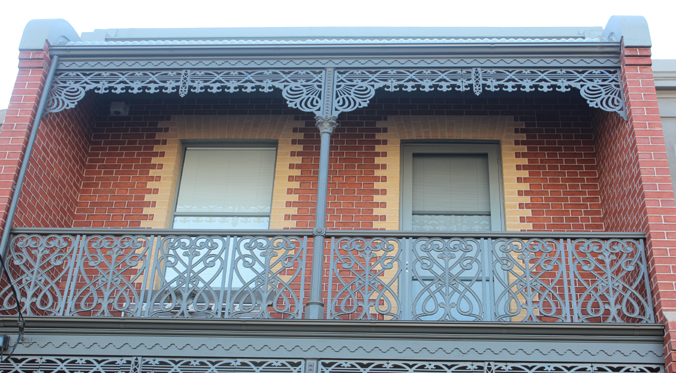
Inner City Living
Wednesday, June 04, 2014
In the last 15 to 20 years the shift to living in the centre of the city or in the inner suburbs became as strong as the shift to the edge of the city to live in a house on a quarter acre block had been in the 1950s and 60s. The reversal has been driven primarily by the desire to live a more exciting, cosmopolitan lifestyle and the convenience of living close to work. Many single or sometimes double fronted older style houses are being renovated to reflect modern day living. Some of the disadvantages to overcome are traffic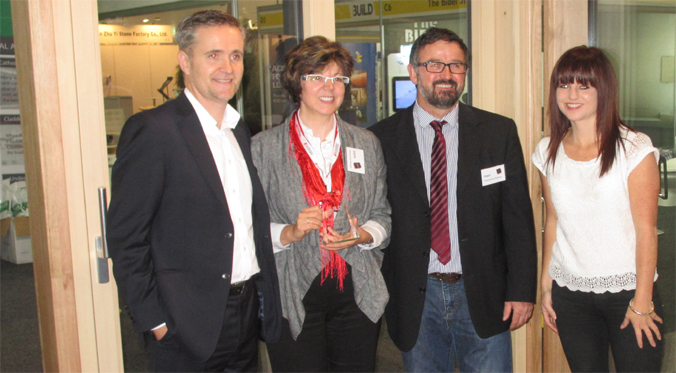
Award for ECO-Facade
Tuesday, April 15, 2014
Featured at Designbuild 2014, the Eco Façade by Paarhammer wins the Selector Best New Product Award 2014, sponsored by Selector and Architectural Product News, and Designbuild. The award encourages innovation, development and improvement of products for use in architectural projects, and the product must have been released to the Australian market during the 12 months prior to Designbuild 2014. The judges for 2014 include Clare Cousins, founding director of Clare Cousins Architects; Jeremy McLeod, founding director of Breathe Architecture; and Nick Deans, project professional at Woods Bagot. The energy efficient and sustainable glass façade, with a low U-value from 0.8,
Back to Timber
Tuesday, November 12, 2013
For numerous reasons wood is making a come-back as building material of choice. Led by the famous award winning ‘Forte’ – the tallest apartment building made of cross laminated timber in the Southern Hemisphere, more and more architects are using timber in a major way. Michael Green and his firm in Canada developed North Americas tallest timber building with a height of 27.5metre, the new home of the Wood Innovation and Design Centre. In Australia, Peter Maddison, award winning architect and presenter of Grand Design Australia, says in a commercial by ‘Wood Naturally Better’ that “wood stores carbon and carbon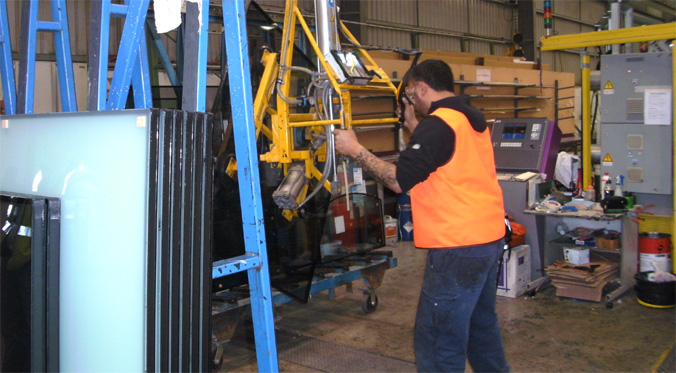
Glass Matters Explained
Sunday, October 13, 2013
Glass is an important factor for the performance of windows and doors. Here are some terms and explanations and how glass can be used: Annealed Glass the common flat glass often used in double glazing. It tends to break into large jagged shards. Toughened Glass annealed glass is heated to above 600 °C and the surface then rapidly cooled, resulting in increased resistance to breakage. If it does break it breaks into small regular, mostly square fragments. Laminated glass this is made of two or more layers of glass with an interlayer bonded in between, providing safety and security. In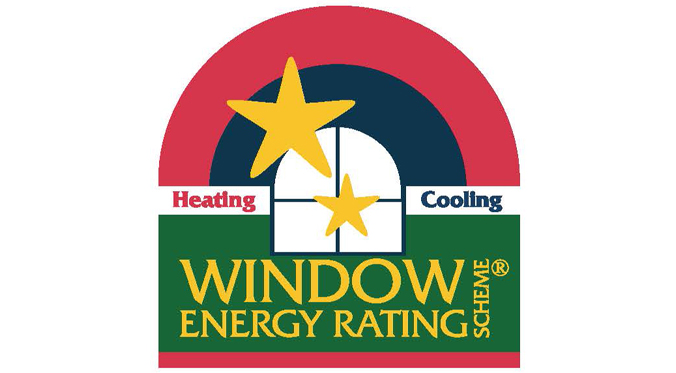
Energy Rating Certificate
Friday, August 09, 2013
When you talk about the energy efficiency of windows, it is not just the glass but the whole window system, which includes the frame, glass, seals and spacers. All components make a difference to the energy used in your home. Tested window products receive a rating called the U-value. A lower number indicates more energy efficiency. The U-value can be as high as 7.5 in some windows and doors and as low as 0.8 for extremely energy efficient products (0.8 is Paarhammer’s latest and best rating). The testing of energy efficiency must be performed by a rating organisation which is
BDAV's 10-Star Challenge
Thursday, March 14, 2013
The Building Designers Association of Victoria's now famous 10-Star Challenge is in it's third year. Ambassador this year is James O'Loughlin of 'The New Inventors' fame who officially launched the Challenge on Wednesday night. Paarhammer is a proud sponsor. The 10-Star Challenge is for conceptual projects that combine admirable architecture with energy efficient planning solutions and materials utilisation. There is increased interest and commitment by consumers to reducing their carbon footprint and minimise ever-increasing energy bills. The campaign helps the design community to focus on the benefits of sustainable design for dwellings. Last years winner of the 10-Star Challenge for
Life Cycle Analysis - LCA
Wednesday, March 06, 2013
What is LCA? Life cycle analysis or LCA is a method of measuring the environmental impacts of building products over their whole life. The aim of a life cycle analysis is to identify, quantify and assess the impact of the energy and materials used and wastes released to the environment throughout the life of a building product. There are many life cycle analysis methodologies and all vary in their range and complexity but it all comes back to sustainability. The life cycle analysis of timber follows the piece of wood from harvesting, manufacture, construction and product life to recycling and